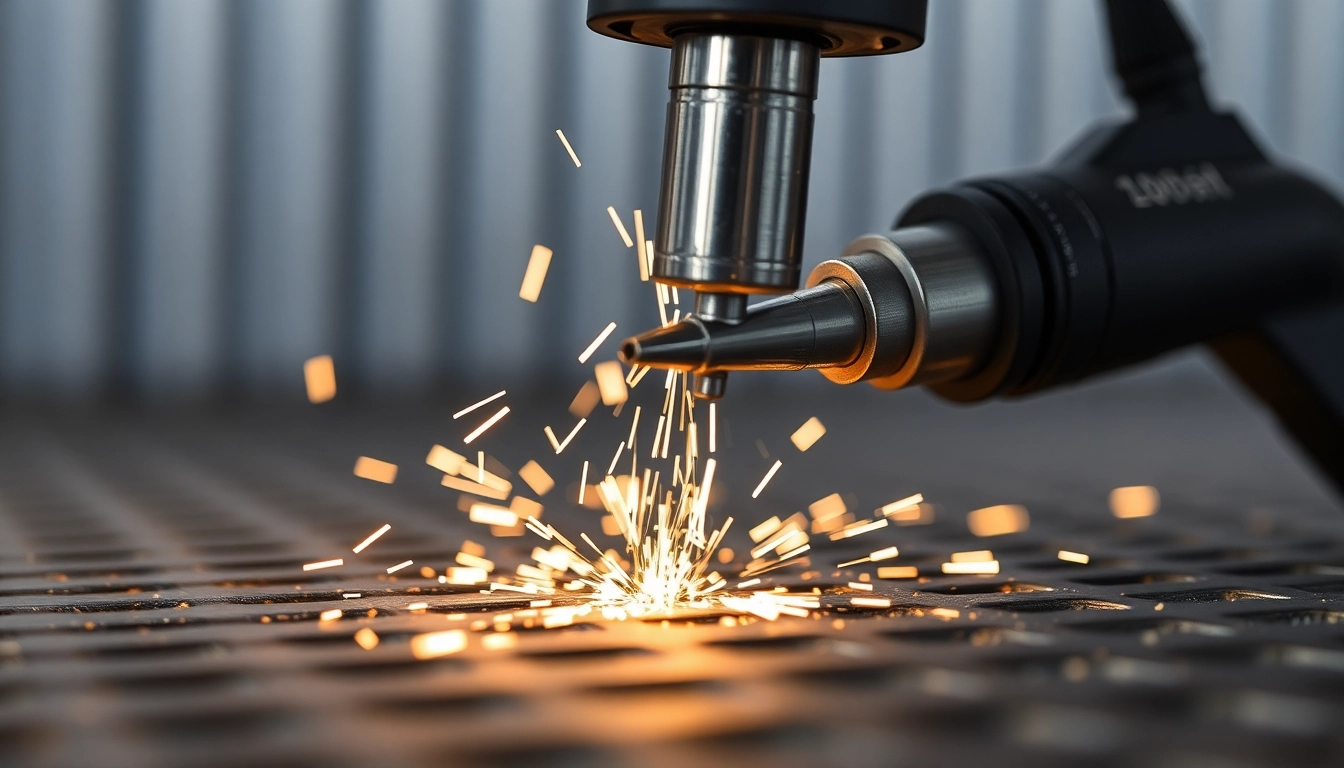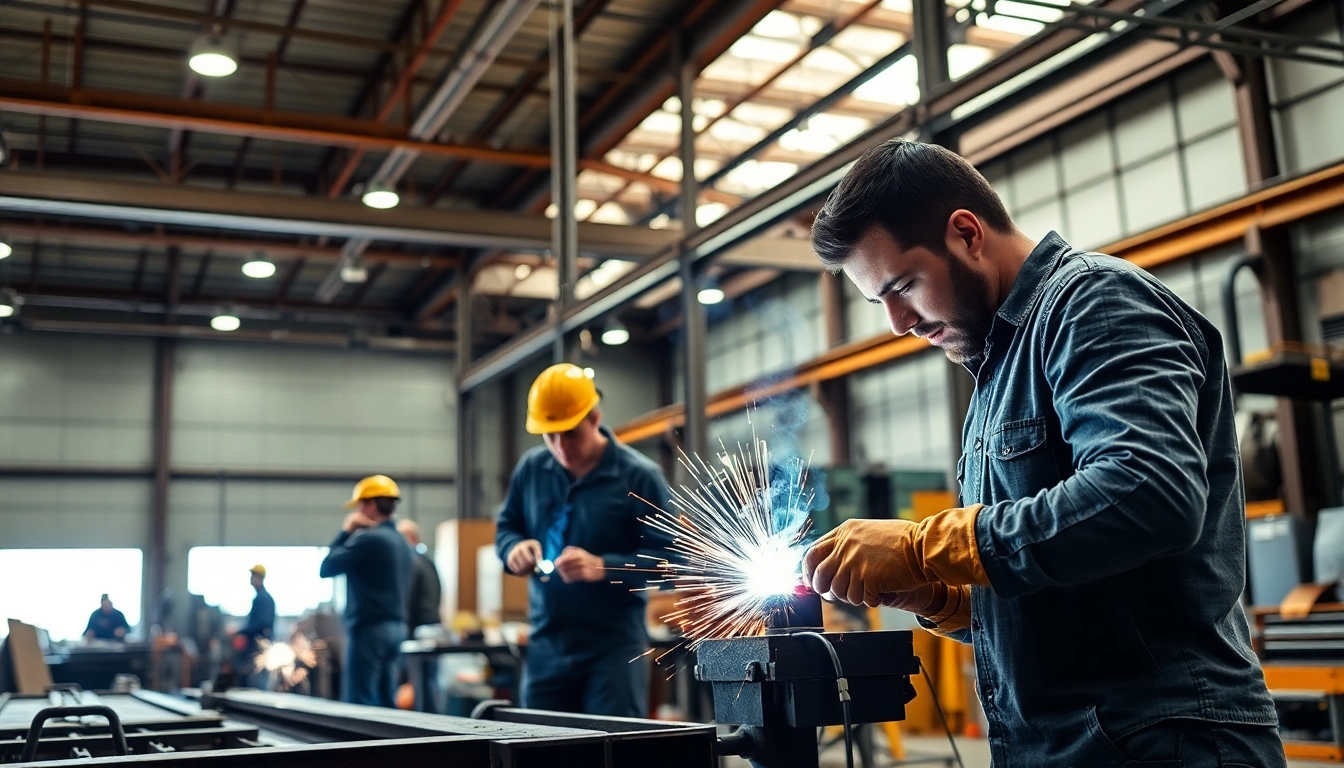Understanding Pipe Stress Analysis
What is Pipe Stress Analysis?
Pipe stress analysis is a critical engineering discipline focused on assessing the integrity and safety of piping systems in various industrial contexts. It entails the evaluation of pipe support, weight, fluid pressure, and thermal expansion effects on piping materials. By simulating these conditions, engineers can identify potential failures and ensure that piping systems operate efficiently and safely.
The Importance for Industrial Applications
In industries such as oil and gas, power generation, and chemical processing, effective pipe stress analysis company services are indispensable. They help mitigate risks associated with thermal expansion, seismic events, and weight loading, which can lead to catastrophic failures.
Not only does pipe stress analysis enhance safety, but it also contributes to compliance with regulatory standards, reducing liability and insurance costs. Furthermore, well-analyzed piping can lead to increased operational efficiency and reduced maintenance costs over time.
Common Challenges in Pipe Stress Analysis
Conducting a thorough pipe stress analysis presents several challenges, including:
- Complex Geometries: Many industrial piping systems have intricate designs that complicate modeling and analysis.
- Dynamic Loads: Varying loads, including pressure surges, temperature changes, and seismic activities, present difficulties in accurately predicting pipe behavior.
- Material Limitations: Different materials exhibit varied responses to stress and environmental factors, making selection and analysis challenging.
- Software Limitations: The adequacy of analytical tools can influence results, sometimes leading to underestimations or overestimations of required support and safety measures.
Best Practices in Pipe Stress Analysis
Tools and Software Utilized
Modern pipe stress analysis leverages advanced software and tools to simulate stress conditions accurately. Some of the most widely used applications include:
- CAESAR II: A leading software for piping flexibility analysis that provides quick analysis for static and dynamic conditions.
- AutoPIPE: This tool offers integrated analysis capabilities for pressure piping systems, emphasizing easy-to-use interfaces and reporting functions.
- SolidWorks: Used for modeling complex piping systems before conducting stress analysis, ensuring accurate representation of the design.
- ANSYS: An advanced simulation system that analyses structural response to dynamic loads in considerable detail.
Key Calculation Methods
Several methods are commonly used in pipe stress analysis:
- Allowable Stress Design (ASD): This method uses a specific allowable stress level based on material properties to ensure safety under expected load conditions.
- Load and Resistance Factor Design (LRFD): A more modern approach that considers uncertainties in load and resistance factors through statistical means, providing a more robust safety margin.
Adopting a hybrid approach that incorporates both ASD and LRFD may yield the best results for various scenarios, depending on regulatory and project specifications.
Implementing Industry Standards
Effective pipe stress analysis requires adherence to various industry standards, including:
- ASME B31.1: Addresses power piping systems and outlines design, materials, and construction requirements.
- ASME B31.3: Pertains to process piping, emphasizing aspects like fabrication, assembly, and stress analysis.
- API 610: Applicable to pump piping systems, detailing design criteria to mitigate stress-related issues.
Adhering to these standards helps ensure that a pipe stress analysis company provides reliable and compliant services, safeguarding against potential hazards in operation.
Case Studies from a Pipe Stress Analysis Company
Successful Projects and Solutions
Real-world applications of pipe stress analysis yield significant insights into its effectiveness. Below are a few examples:
Project A: Oil Refinery Expansion
A major oil refinery expanded its facilities, necessitating an in-depth pipe stress analysis for newly designed pipeline routes. The analysis revealed potential stress concentrations in specific segments, allowing engineers to reposition supports and modify pipeline layouts. As a result, the project was completed on time and without incident.
Project B: Chemical Plant Upgrade
During an upgrade at a chemical processing plant, a detailed stress analysis highlighted risks associated with thermal expansion due to high-temperature processes. By implementing flexible supports and adjusting pipe sizes, the engineers minimized these risks, ensuring an increase in efficiency and safety.
Lessons Learned from Engineering Challenges
Pipe stress analysis often reveals valuable lessons:
- Importance of Collaboration: Cross-disciplinary teamwork is vital; integrating insights from mechanical, civil, and chemical engineers helps identify potential issues before they escalate.
- Continuous Monitoring: Projects benefit from ongoing re-evaluation of stress risks, especially after modifications or changes in operational conditions.
Client Testimonials and Impact
Client feedback underscores the significance of effective pipe stress analysis:
“The collaboration with our pipe stress analysis company has transformed our approach to safety. Their in-depth analysis saved us time and money by preventing potential issues before they became costly problems.” – Project Manager, Chemical Plant
“Implementing their recommendations improved our system functionality significantly, ensuring that our infrastructure remains compliant with industry standards.” – Operations Director, Oil Company
Future Trends in Pipe Stress Analysis
Integrating Advanced Technologies
The future of pipe stress analysis is increasingly shaped by technological advancements:
- 3D Modeling and Simulation: More accurate and comprehensive models created through enhanced software tools will allow for more realistic stress analysis scenarios.
- Machine Learning: Emerging AI technologies will optimize analyses by learning from historical data to predict stress points more accurately.
- IoT Sensors: Real-time data from IoT-enabled sensors can augment analysis efforts, allowing for adjustments based on immediate environmental conditions.
Impact of Regulations on the Industry
Regulatory pressures are expected to increase, emphasizing safety and sustainability in industrial processes. Companies specializing in pipe stress analysis must adapt to evolving standards that focus more on environmental impact and resource efficiency, promoting responsible industrial practices.
Evolving Standards and Best Practices
The landscape of standards and best practices continues to shift, demanding that companies remain agile in their methodologies. Staying ahead includes:
- Regular training and updates for engineers on new regulations.
- Active participation in industry consortiums to keep up with emerging standards.
- Incorporating sustainability into design processes to align with global climate goals.
Choosing the Right Pipe Stress Analysis Company
Evaluating Expertise and Credentials
Choosing the right partner for pipe stress analysis requires a thorough evaluation of qualifications, including:
- Certifications: Look for companies with relevant certifications from recognized bodies, ensuring adherence to industry standards.
- Experience: Assess the firm’s track record in handling projects similar to yours, especially those in your industry sector.
- Expert Team: A dedicated team with diverse engineering backgrounds can offer a more holistic analysis.
Understanding Service Offerings
Pipes and their associated systems differ significantly in various applications; thus, understanding a company’s range of services is critical. Services may include:
- Full-scale pipe stress modeling.
- Thermal analysis.
- Dynamic load analysis.
- Consultation and compliance assurance services.
Building Long-Term Partnerships
Establishing a long-term relationship with a pipe stress analysis company can yield continuing benefits:
- Ongoing Support: A reliable partner can provide ongoing analysis and support as your needs evolve.
- Consistent Quality: Continued collaboration fosters quality assurance and adherence to best practices.
- Cost-Effectiveness: Long-term relationships can lead to negotiated costs, enhancing project budgets without compromising quality.



